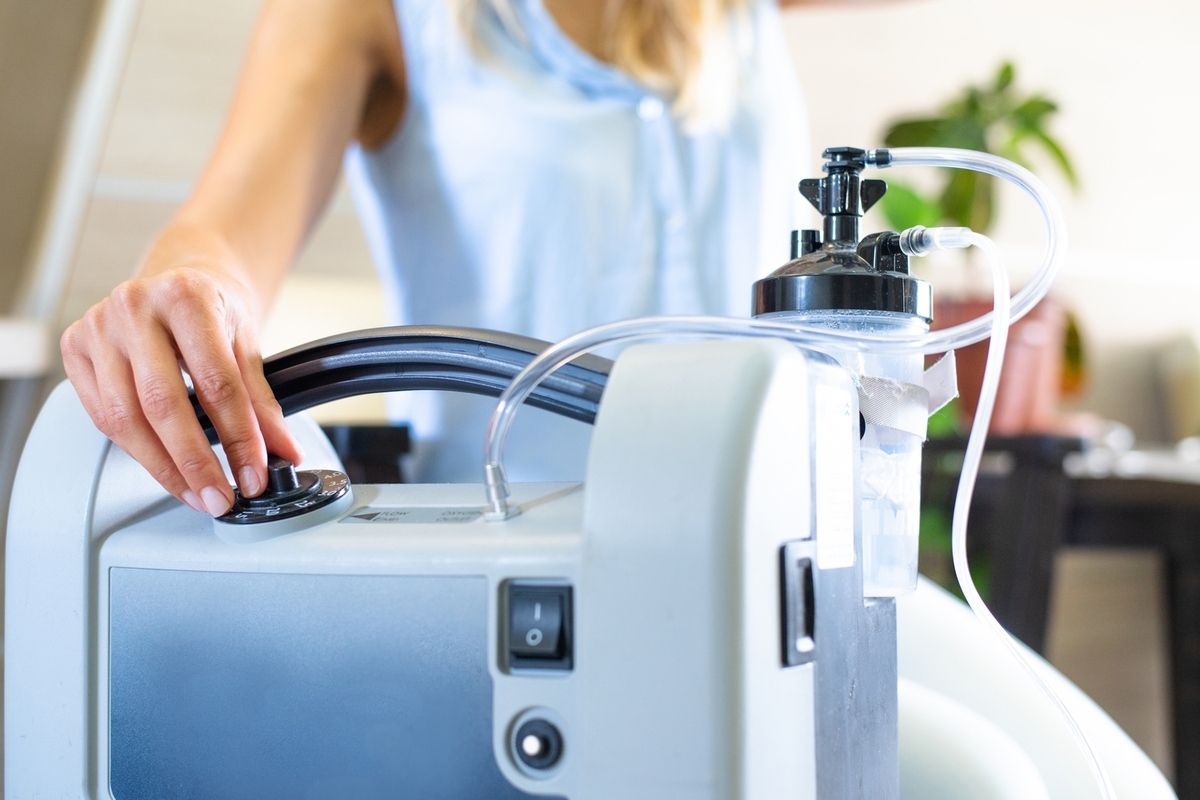The Benefits and Uses of Portable Oxygen Devices

Portable oxygen devices have revolutionized the way individuals with respiratory conditions manage their health. These compact and efficient devices provide a steady supply of oxygen, enabling users to maintain an active and fulfilling lifestyle. In this article, we will explore the benefits, uses, and considerations of portable oxygen devices, highlighting their importance in modern healthcare.
Portable oxygen devices, also known as portable oxygen concentrators (POCs), are designed to deliver oxygen therapy to individuals who require supplemental oxygen. Unlike traditional oxygen tanks, which are bulky and require frequent refills, POCs are lightweight, battery-operated, and can extract oxygen from the surrounding air. This makes them highly convenient for users who need oxygen on the go.
Benefits of Portable Oxygen Devices
-
Mobility and Independence : One of the primary advantages of portable oxygen devices is the freedom they offer. Users can engage in daily activities, travel, and socialize without being tethered to a stationary oxygen source. This mobility significantly enhances the quality of life for individuals with chronic respiratory conditions.
-
Ease of Use : Modern POCs are user-friendly, with simple controls and clear displays. Most devices come with adjustable oxygen flow settings, allowing users to customize their oxygen delivery based on their needs. Additionally, many POCs are equipped with alarms to alert users of low battery or other issues, ensuring safety and reliability.
-
Improved Health Outcomes : Consistent oxygen therapy can lead to better health outcomes for individuals with conditions such as chronic obstructive pulmonary disease (COPD), pulmonary fibrosis, and other respiratory disorders. By maintaining adequate oxygen levels, users can experience reduced symptoms, increased energy levels, and improved overall well-being.
-
Cost-Effective : While the initial investment in a portable oxygen device may be higher than traditional oxygen tanks, the long-term savings are significant. POCs eliminate the need for regular refills and deliveries, reducing ongoing costs and logistical challenges.
Uses of Portable Oxygen Devices
-
Chronic Respiratory Conditions : Individuals with chronic respiratory conditions often require continuous oxygen therapy to manage their symptoms. Portable oxygen devices provide a reliable and convenient solution, allowing users to maintain their oxygen levels while leading an active lifestyle.
-
Post-Surgical Recovery : Patients recovering from surgery, particularly those with respiratory complications, may benefit from the use of portable oxygen devices. These devices can aid in the healing process by ensuring adequate oxygenation, reducing the risk of complications, and promoting faster recovery.
-
Travel and Outdoor Activities : For individuals who love to travel or engage in outdoor activities, portable oxygen devices are a game-changer. Whether it’s a long flight, a road trip, or a hike, POCs enable users to enjoy their adventures without worrying about oxygen supply.
-
Emergency Situations : In emergency situations where access to medical facilities may be limited, portable oxygen devices can be a lifesaver. They provide immediate oxygen support, stabilizing the patient’s condition until professional medical help is available.
Considerations When Choosing a Portable Oxygen Device
-
Oxygen Flow Rate : Different devices offer varying oxygen flow rates. It’s essential to choose a POC that meets the user’s specific oxygen requirements, as prescribed by their healthcare provider.
-
Battery Life : Battery life is a crucial factor, especially for users who are frequently on the move. Look for devices with long-lasting batteries and consider purchasing additional batteries for extended use.
-
Weight and Portability : The weight and size of the device can impact its portability. Lightweight and compact models are ideal for users who need to carry their POC throughout the day.
-
Noise Level : Some portable oxygen devices can be noisy, which may be a concern for users who value quiet environments. Check the noise level specifications and read user reviews to find a device that operates quietly.
-
Maintenance and Support : Regular maintenance is essential to ensure the device’s longevity and performance. Choose a POC from a reputable manufacturer that offers good customer support and warranty options.
Portable oxygen devices have transformed the lives of many individuals by providing a reliable and convenient source of supplemental oxygen. Their benefits, including enhanced mobility, ease of use, and improved health outcomes, make them an invaluable tool for those with respiratory conditions. When choosing a portable oxygen device, it’s important to consider factors such as oxygen flow rate, battery life, weight, noise level, and maintenance requirements. By selecting the right device, users can enjoy greater independence and a better quality of life. As technology continues to advance, portable oxygen devices will likely become even more efficient and accessible, further improving the lives of those who rely on them.



